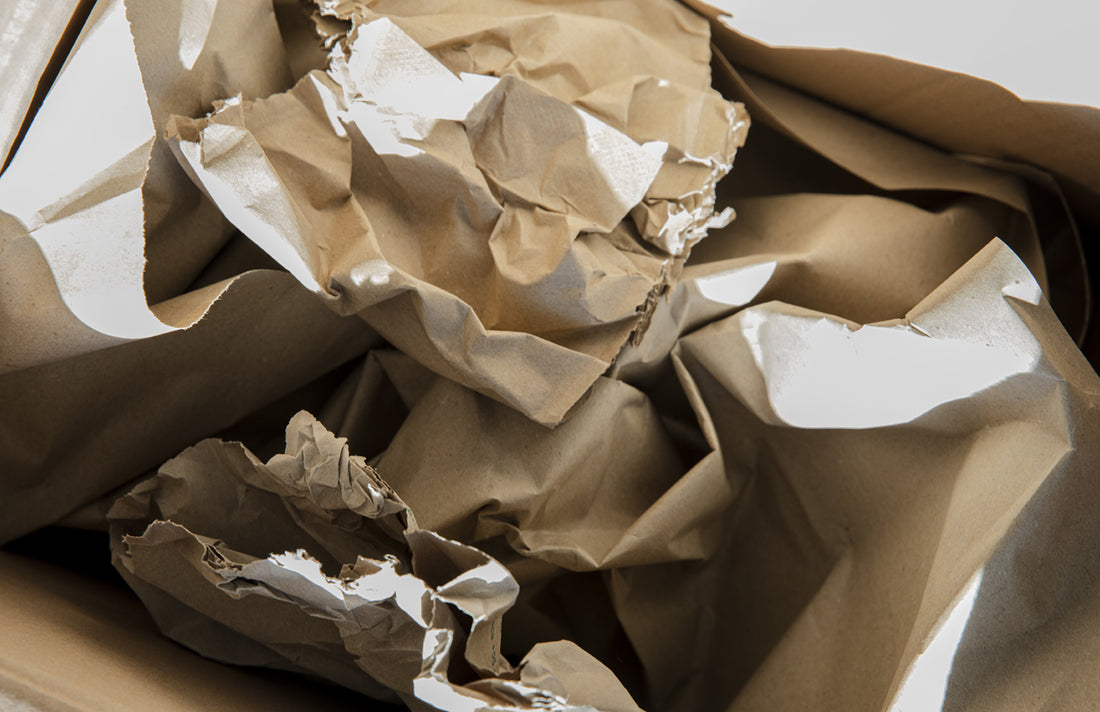Your web orders and takeout pizza, it's all wrapped in the same raw material that makes up your paper notebook: wood pulp. Much like a baker can bake different kinds of bread, paper mills can make paper and cardboard qualities by mixing recycled and fresh wood fibres (thin, firm, supple, strong, etc.) Just look around you and feel the difference.
You may not be aware of it at first glance, but the fact that your recycled paper diary has such good writing quality is not a given. Simply put, you can't recycle paper and cardboard indefinitely. Because, with each recycling round, paper pulp loses fibre, fineness and minerals. On average, recycled fibres can be reused up to seven times before they lose quality. Therefore, these devalued fibres are supplemented by an average of 20 to 50% new fibres to produce the high-quality paper you come to love.

© RanaVanPellecom
But something is shaking. With the rapid growth of e-commerce and increasing demand for shipping boxes, the cardboard industry has turned the paper industry on its head. How? By buying up large quantities of high-quality paper pulp and processing it directly into paperboard, vital steps in the recycling process are being skipped, leaving little to no room for graphic paper production. All this leads to increasing competition, raw material shortages and skyrocketing prices. What a waste!

As a sustainable paper brand, we are trying to escape this circus by keeping high-quality raw materials out of recycling for another round. And in doing so, doubling their lifespan. Fortunately, in Europe, we are at the forefront of waste management and can collect up to 100% recyclable paper. This paper contains no virgin wood fibre and consists of pre-consumer waste: paper products that left the paper mill but never reached the consumer and thus became waste paper before being used.

© RanaVanPellecom
But that doesn't mean we can all sit back and wait for the recycled paper to leave the mill. That's why we make it our business to save paper scraps and surpluses before they end up in the bin. And we take this one step further in collaboration with our printing partners, ZwartopWit. Using their advanced software, we make the best use of their white space by printing our products directly on residual paper. This way, we recycle waste during production. Hooray for efficiency!
Want to know more about this process? Learn about the new recycling, or discover more Paper News on our blog.
